For the first 50 years of computing, we adopted the interfaces of computers. First, it was the punch card:
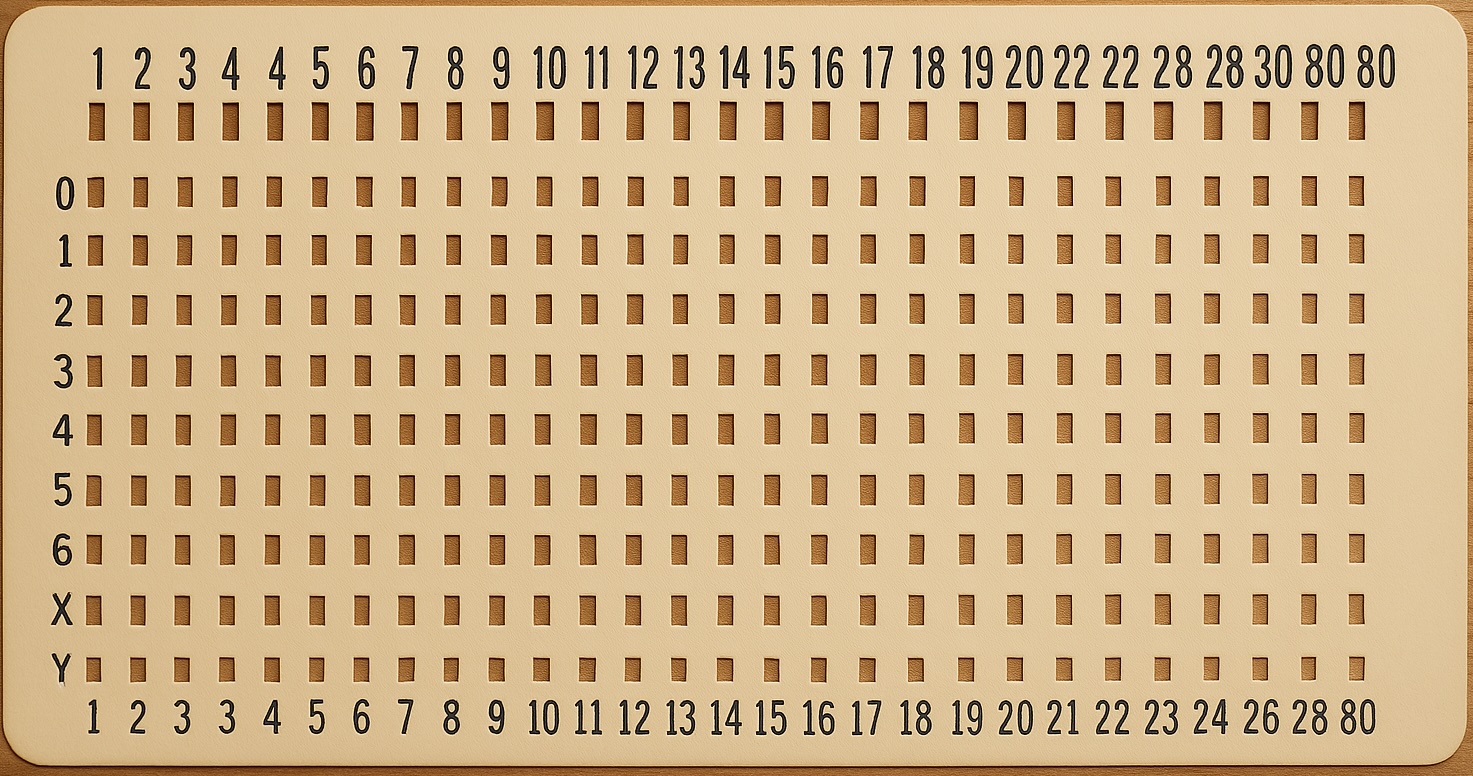
Then it was assembly code:
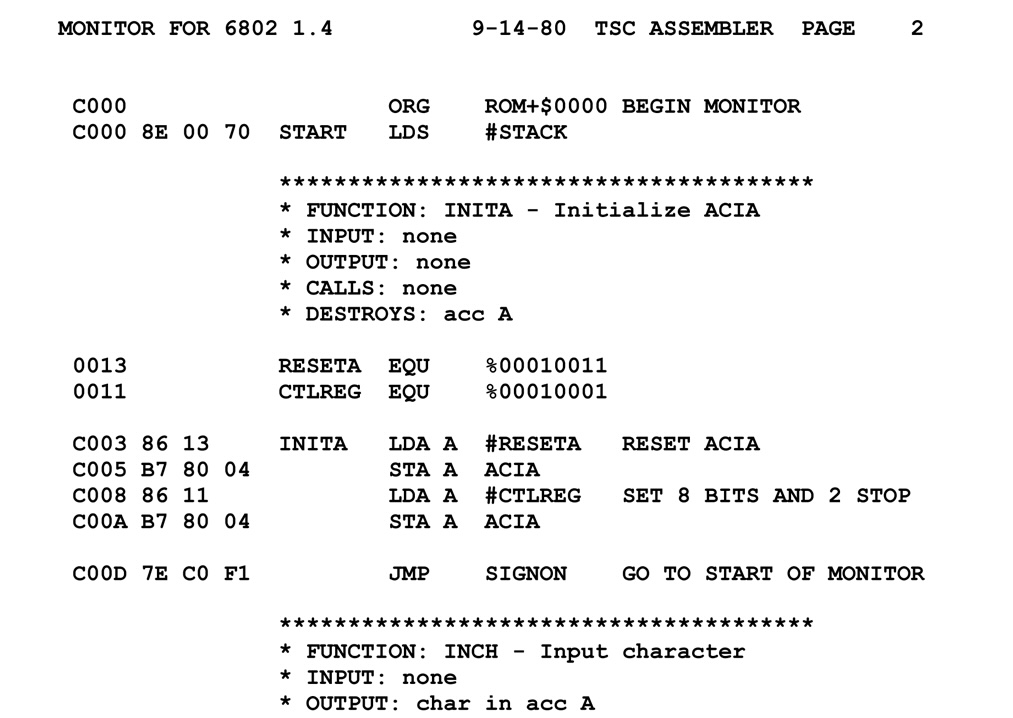
Next came computer languages:
#include <stdio.h>
#define args int argc, char** argv
int main(args)
{
printf("%s\n", "Hello, world!");
return 0;
}
Although it has evolved, the digital world we navigate today is still built around rectangles—small text boxes, buttons, and screens that form a rigid, limited canvas.
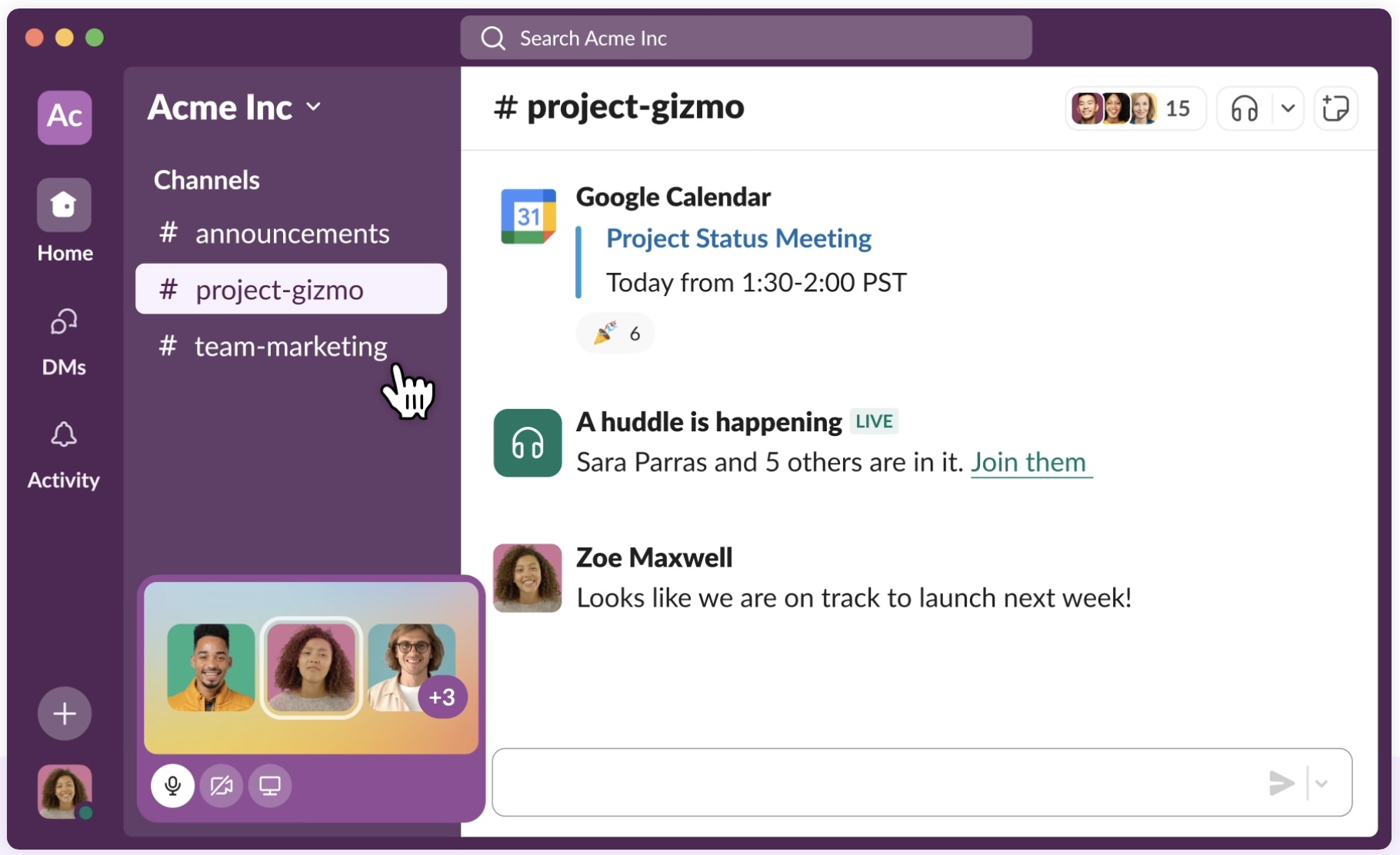
But the limitations of these interfaces are becoming increasingly apparent as we push the boundaries of what computers can do.
For the first time, computers are beginning to act like us. They can hear, see, and even begin to understand. This evolution creates a new frontier—an opportunity to rethink how we interact with machines from first principles.
What if, instead of us adapting to computers’ rigid interfaces, computers could adapt to us?
They can hear
Typing averages 40 words per minute, but speech hits 150. Talking’s faster—ideal for first drafts. They’re messy, but that’s the point. Separate creation from editing, and more ideas emerge.
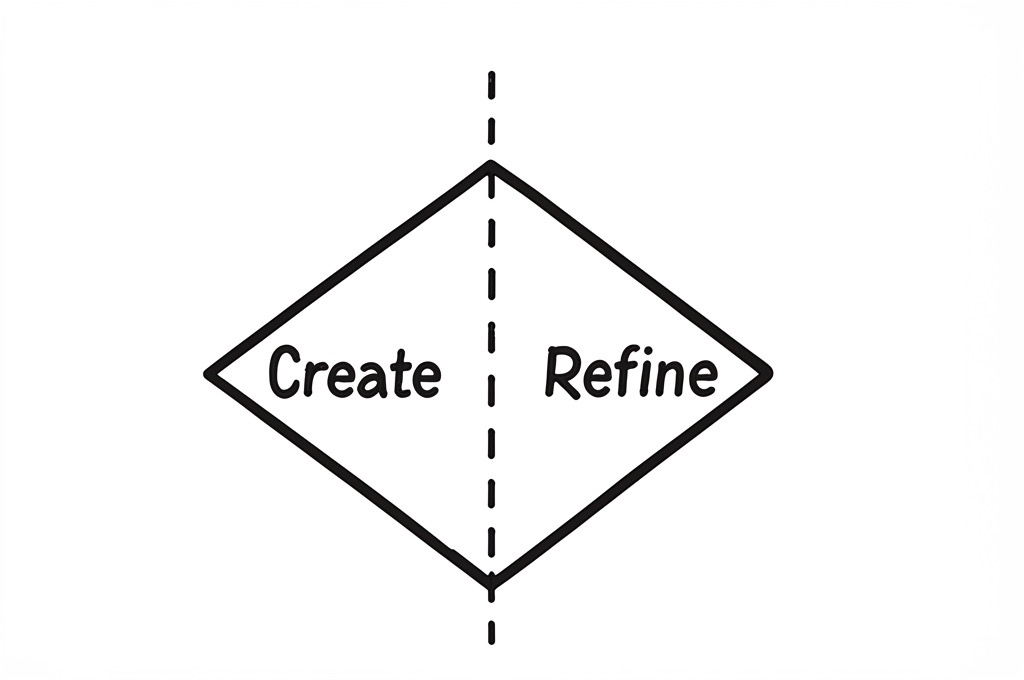
Your first draft will inevitably be worse, but you can refine it (either by hand or with an LLM!). Divergent thinking allows ideas to flow freely, generating a wealth of concepts and possibilities. Convergent thinking, on the other hand, refines and narrows those ideas into practical, actionable solutions. This dance between exploration and refinement is essential.
I encourage you to give it a try. There is a plethora of dictation tools available (including the ones built directly into your phone or desktop).
They can see
It’s not just voice—computers can now see as we do. Handwriting recognition in the past was laughably bad.
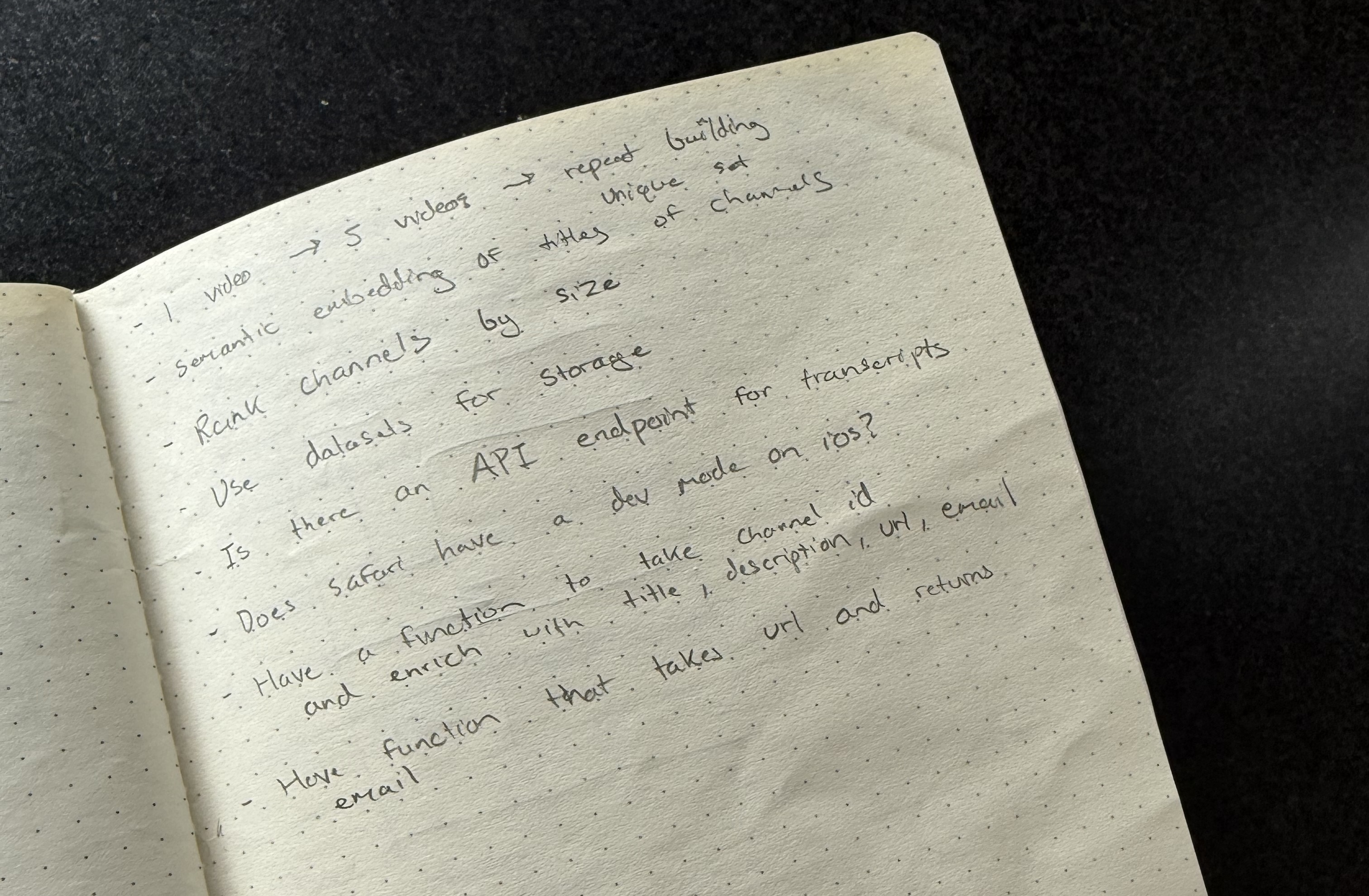
Now it’s easily transcribed by ChatGPT with impressive accuracy. This shift is significant enough that I’ve stopped taking notes on iPads and returned to paper and pencil — which offers a far superior writing experience. And yet, with a quick snapshot, my handwritten thoughts can be preserved, editable and searchable forever.
In Closing
We’re at a turning point where computers are adapting to us rather than the other way around. They can hear, see, and understand—bringing us closer to a seamless, natural partnership between human creativity and machine capability. By challenging old patterns and embracing these new interactions, we hold the potential to create in ways we never have before.
